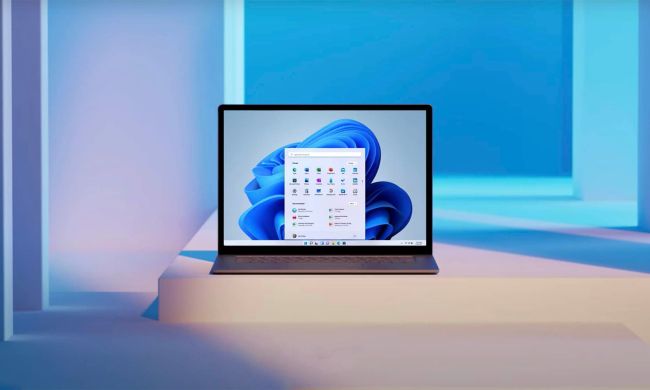If you’re going to test an autonomous boat then there’s surely no better place to do it than on Amsterdam’s vast network of canals.
MIT’s Computer Science and Artificial Intelligence Laboratory and Senseable City Lab have been developing an autonomous boat for the last five years with a view to one day using the vessel to transport people, ship goods, or clean up waterways in urban areas.
The second version of “Roboat” is two meters long, has four propellers, and, just like autonomous cars that tend to grab all the headlines when it comes to self-driving technology, operates using a suite of sensors and powerful software to help ensure safe travel.
The Massachusetts Institute of Technology research team recently conducted a successful test of Roboat on the canals of Amsterdam, navigating the narrow waterways for three hours with an impressive error margin of just 7 inches (17.8cm). You can see it in action in the video at the top.
The updated Roboat is actually designed to travel as part of a fleet, and so some of the team’s work has been focusing on updating navigation and control algorithms to improve communication and collaboration between the boats, according to MIT News.
Interestingly, Carlo Ratti, director of Senseable City Lab, has suggested a fleet of Roboats could be ordered to quickly assemble structures such as bridges or floating platforms in the case of a disaster situation or some such incident.
At the current time, the team is particularly interested in creating a Roboat specifically for carrying human passengers, so the third version, which is under construction, will be four meters long with enough space to carry up to six passengers.
“The development of an autonomous boat system capable of accurate mapping, robust control, and human transport is a crucial step towards having the system implemented in the full-scale Roboat,” said senior postdoc Wei Wang, lead author on a new paper about the latest version of Roboat. “We also hope it will eventually be implemented in other boats in order to make them autonomous.”
Companies have also been working on autonomous vessels at the other end of the size scale, with Rolls-Royce Marine and Japanese shipping giant Nippon Yusen both developing enormous driverless cargo ships.


